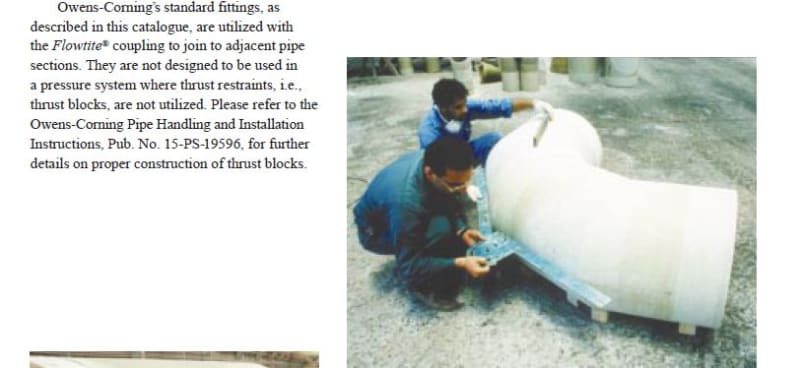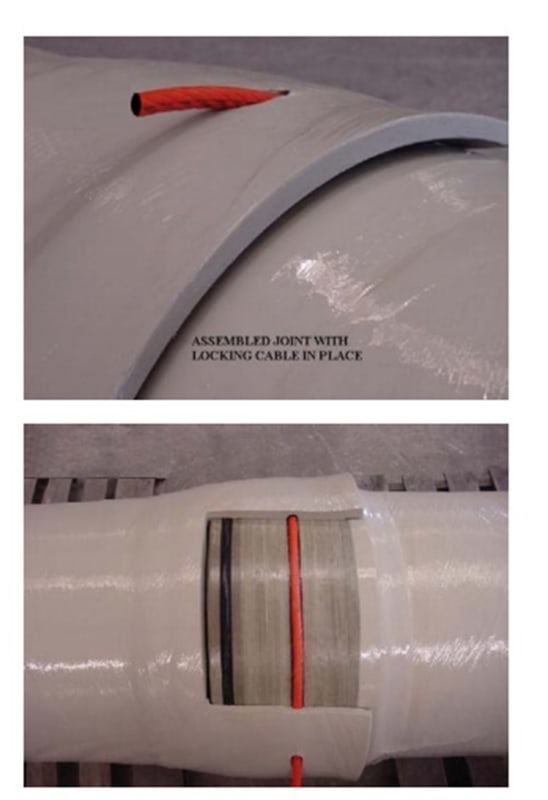thread378-413013
The main underground firefighting ring has been designed and executed in1998 to deliver water to all the firefighting outlets i.e. hydrants, monitors… etc.; the main ring has been executed from 12-inch size Glass reinforced epoxy (GRE) pipes and 4-inch branches pipes, with the following data:
1. Working pressure up to 12 bar
2. Connections: total length of the main ring is about 6 km, Standard fittings (integrated with the existing main ring) are (90° Elbows, Reducers, and Flanges). All the pipes and fitting are
(to cover all crude oil storage tanks area )
connected in either one type of the following:
Adhesive joints: (adhesive-bonded taper-taper joint)
Mechanical joints: (O-ring with locking key)
Flange joint: standard and heavy-duty with a flat gasket.
was extended in 2003 to cover new 3 crude oil storage tanks (The post was edited for more info, based on some request)
The main underground firefighting ring has been designed and executed in1998 to deliver water to all the firefighting outlets i.e. hydrants, monitors… etc.; the main ring has been executed from 12-inch size Glass reinforced epoxy (GRE) pipes and 4-inch branches pipes, with the following data:
1. Working pressure up to 12 bar
2. Connections: total length of the main ring is about 6 km, Standard fittings (integrated with the existing main ring) are (90° Elbows, Reducers, and Flanges). All the pipes and fitting are
(to cover all crude oil storage tanks area )
connected in either one type of the following:
Adhesive joints: (adhesive-bonded taper-taper joint)
Mechanical joints: (O-ring with locking key)
Flange joint: standard and heavy-duty with a flat gasket.
was extended in 2003 to cover new 3 crude oil storage tanks (The post was edited for more info, based on some request)


